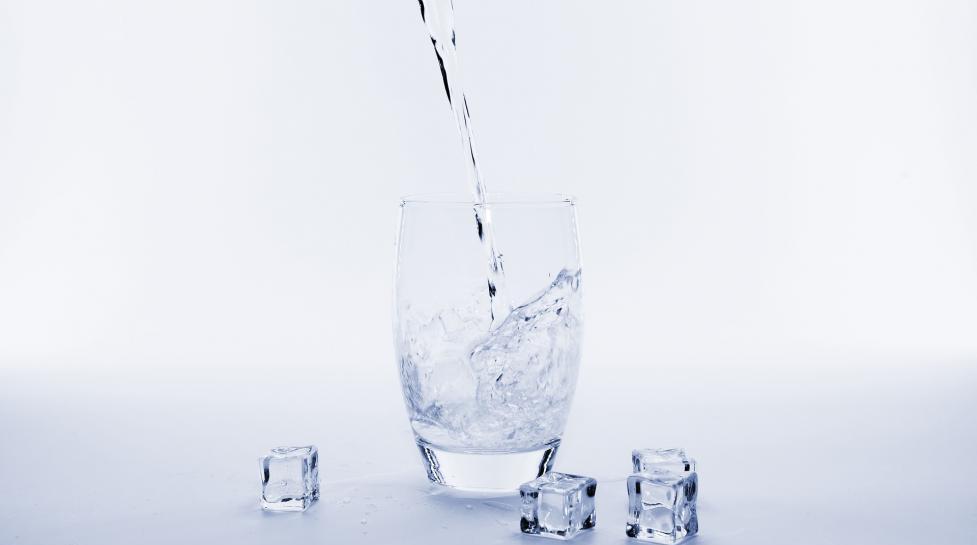Project is part of the city’s commitment to provide safe and high-quality drinking water.
The city is building an inventory of all drinking water service lines in its service area to identify what material they are made of. The project will help the city meet new regulations that require all water providers in the country to complete a full drinking water service line inventory to determine if any are made of lead.
A Community Effort
Community members with properties built before 1956 will receive a postcard that outlines how to identify their drinking water service line material and submit that information to the city. These properties are being targeted because service lines after 1956 were required to be made of copper, according to a city ordinance. Prior to 1956, a specific material was not required.
To better understand what the lines are made of in the roughly 5,000 structures built before 1956, the city is asking community members who own or live in these structures to identify the line material and add that information to the city’s inventory. Service lines typically enter the home through the floor or wall of a crawlspace or basement. Instructions can be found on the city’s website.
Complying with State Regulations
A drinking water service line is the pipe that moves water from the city’s water system into homes and businesses. These lines cross from city property to private property underground. The city owns the line from the water main to the water meter, while the private property owner owns the line from the water meter into the home or building.
The city has a high degree of confidence that no city-owned service lines are made of lead and is in the process of reviewing permit records for privately-owned lines and has not found any lead so far. Community members who report their service line material will expedite the city’s understanding of privately-owned lines and will also benefit from knowing their drinking water service line is lead free.
After the initial inventory is completed, a random sample of pre-1956 properties where the material is still unknown will be selected for inspection on both the public and private portions of the line to comply with state regulations. These inspections may include city staff visiting properties and digging small potholes in the public right of way (usually the street). People who live and work in properties that are part of this verification process will be notified in advance.
Committed to Safe Drinking Water
Water leaving the city’s two drinking water treatment plants is essentially free of lead. Lead in drinking water can occur if water lines and plumbing materials that contain lead corrode. The city's water treatment process is designed to reduce corrosion and protect pipes.
“While lead in drinking water has been a topic of national attention, there is no evidence to support such concern in Boulder at this time. The city has monitored for lead in drinking water for over 30 years, with results well below the federal and state standards,” said Water Quality Senior Manager Meghan Wilson Outcalt. “The city has some records that indicate copper was used before 1955, but a complete inventory does not exist. As we work to build a full inventory, we are committed to transparency and sharing what we find with the community.”
A map of the inventory will be posted on the city’s website once initial steps are completed. Any lead water service lines identified must be replaced to protect community health and safety. If any are found, the city will notify property owners and occupants, provide guidance about ways to reduce lead exposure, and note these lines for replacement in the inventory.
More information about the project, including how to identify what material water service lines are made of, is available on the city’s website, and more information about the city’s drinking water quality can be found in its Annual Drinking Water Report.
Keep Reading
News keep reading
-
Potentially Harmful Algae Bloom Observed in Boulder Reservoir
-
City of Boulder Invites Community To Share Input on Upcoming Water Utilities Water Budget Evaluation
-
Boulder To Begin Second, Southern Phase To Replace Aging 63rd Street Waterlines
-
City of Boulder Reaches Milestone on its Main Sewer Improvements Project
